Somaliland/29 de Mayo de 2016
Por: Emanuela Zuccala
Las mujeres de Somaliland están trabajando con una ONG para eliminar una de las prácticas más antiguas y extremas de la mutilación genital femenina.
«En mi noche de bodas, sentía como si me prendieran fuego en una herida abierta», nos cuenta una mujer enfurecida con los ojos del color de la miel. «El lo disfrutaba pero yo experimenté el mismo dolor que sentí cuando siendo una niña, a cielo abierto, cortaron mis genitales con una cuchilla de afeitar y luego los cerraron cosiéndolos con espinas. No me pude mover durante 10 días porque mis piernas estaban atadas entre sí. Ni siquiera podía ir al baño. Mis recuerdos de todo ello son muy amargos y se mantienen intactos en mi memoria».
Nuura Mahamud Muse (35 años) se sienta en una cabaña en las afueras de Daami. Madre de seis niñas habla del ritual que se practica en su país para sancionar la virginidad femenina.
«No voy a dejar que toquen a mis hijas, pese a todo,» afirma mientras suena la llamada al rezo del mediodía de los muezines. «No quiero que ellas sufran como yo en cada ciclo menstrual, en las relaciones sexuales y al dar a luz. No me importan las habladurías de los vecinos».
Nuevas tierras, mismas viejas tradiciones
Daami está situada mas allá de las orillas del río Waaheen, en Hargeisa, la ventosa capital de la region de Somaliland. Situada en el Golfo de Adén, Somaliland declaró su independencia en 1991, después de la caída del dictador somalí Siad Barre.
Pero pagó por su libertad: la comunidad internacional no reconoce este estado con sus cuatro millones de habitantes divididos en tres clanes familiares que, aparte de la guerra, tienen todo lo demás en común con Somalia: la lengua, la pobreza y una cultura patriarcal que mezcla el Islam con tradiciones ancestrales.
Estas incluyen la «gudniinka fircooniga«, la forma «faraónica» de mutilación genital femenina o infibulación, un sello de castidad infligido a las niñas desde la edad de cinco años. Todos los genitales externos se eliminan, a continuación, la vagina se cose utilizando aguja e hilo o espinas de la planta qodax (espina en somalí), de crecimiento silvestre en toda la región, hasta que los tejidos terminan cerrando la herida, dejando un pequeño orificio para que pase la orina y la sangre menstrual. El corte es abierto de nuevo en la noche de bodas.
De acuerdo con un informe de 2016 de UNICEF, alrededor de 200 millones de mujeres en todo el mundo desarrollan infecciones, quistes crónicos, dolor menstrual insoportable, relaciones sexuales angustiantes y dolorosas y complicaciones durante el parto. Todo en nombre de ideales de moral y respetabilidad.
De los 27 países africanos donde se realizan diversos tipos de amputación vaginal, es en Somalia y Somaliland donde la práctica esta mas extendida y en estos países también se realiza el tipo más extremo: «El noventa y ocho por ciento de nuestras mujeres están infibuladas y son recosidas de nuevo después del nacimiento de cada hijo, lo que significa entre seis a 13 remiendos genitales a lo largo de sus vidas», dice Sadia Abdi, Directora de ActionAid en Somaliland, que estudió en el Reino Unido y regresó a su Hargeisa nativa para reanudar la batalla que comenzó cuando tenía sólo 14 años. «Yo salve a mi hermana pequeña de la infibulación», nos dice. «Mi madre no paraba de decirme: ‘No puedes luchar contra ello. Es parte de tu identidad y condición de mujer y un precepto islámico'».
«Cuando un imán me aseguró que no hay rastro de esta práctica en el Corán, se lo dije a mi madre y ella cedió, pero cargue con el honor de la familia sobre mis hombros. Me sentí muy aliviada cuando mi hermana encontró un marido que quería casarse con ella por amor, a pesar de que era diferente a las demás».
Sadia no habla de sí misma. Ella dice que la infibulación es «un acto extremo de violencia contra las mujeres, un concepto de dominación masculina que satura nuestra sociedad y perpetúa la desigualdad de género». Pero escuchándola se puede sentir una tenacidad que le sale de las entrañas.
«Mi hija tiene cinco años y ella permanecerá intacto», afirma. «No va a perder ni un día de escuela porque su sangre menstrual la queme del dolor; podrá jugar y correr sin miedo a que los puntos de su corte puedan romperse y abrir la herida; nunca va a maldecir el hecho de haber nacido mujer».
Presión social
Para poner de relieve cuan abrumadora es la presión social a favor de esta terrible práctica, Sadia nos recuerda la historia de su prima, que se suicidó porque no sufrió la infibulación y en la escuela se burlaban de ella llamándola «kintirleeyi«: un insulto para las mujeres con clítoris.
Gracias a la paciente terquedad de Sadia Abdi y el compromiso de ActionAid, hay hoy 53 coaliciones de mujeres en Somaliland que desafían el gran tabú.
Hawa Muhumed Madar (65 años), dirigente de las mujeres en el pueblo Agamsaha, admite que se siente culpable por haber dejado infibular a su hija. «En aquel entonces, la tradición no se discutía, pero ahora somos fuertes, estamos unidas y no vamos a soportarlo más».
La misma postura revolucionaria ha sido asumida por Maryan y Nymco que eran infibuladoras profesionales hasta hace bien poco, ganando de $ 10 a $ 15 por cada chica. «Se nos ha mostrado como es contrario a la ley islámica», afirman, «por lo que ahora enseñamos eso en nuestras comunidades.»

La alta mortalidad materno-infantil
La portavoz de la batalla por la liberación de la mujer y la abolición de la mutilación genital tiene 78 años de edad: es Edna Adan Ismail, partera, ex ministra de asuntos exteriores y delegada de las Naciones Unidas. En la década de 1970, fue la primera mujer en el Cuerno de África, que se atrevió a manifestarse públicamente en contra de la ferocidad del ritual faraónico.
«Significa la muerte para madre e hijo,» asevera en el hospital que construyó en Hargeisa con sus propios fondos y agrega que la tasa de mortalidad materno-infantil, en Somaliland es más de cuatro veces superior a la media de los países en desarrollo.
«Sólo siete hospitales en Somaliland llevan a cabo cesáreas; en los otros centros de salud, si la barrera artificial no ha sofocado al niño, la costura es desgarrada con unas tijeras, lo que puede provocar una fístula, (un agujero en la vagina que permite que las heces o la orina pasen a través), la peor sentencia de muerte posible».
«¿Por qué crees que he estado luchando contra la infibulación durante más de 40 años? Porque la infibulación mata.»
La lucha contra la ignorancia
«Hemos creado un movimiento nacional, que incluye la participación de maridos y líderes religiosos, pero no hemos conseguido aun una masa crítica» dice Aamina Milgo, presidente de la Red contra la mutilación genital femenina en Somaliland. En un país donde las estadísticas del gobierno muestran que el 85% de las mujeres son analfabetas (en comparación con el 64% de los hombres), su objetivo principal es combatir la ignorancia.
«Hay personas que creen que el clítoris crecerá de manera desproporcionada si no se corta y otros que acusan a los occidentales de incitarnos en contra de nuestra propia cultura. En el pasado, nos infundieron la creencia de que el sufrimiento de esta tortura era algo que debía enorgullecernos. Al día de hoy, para muchas mujeres, no estar cosidas supone un estigma».
A pesar de que los códigos de los clanes predominan sobre las leyes del Estado e incluso sobre la sharia islámica, las coaliciones de mujeres luchan por la abolición y la ilegalización de la mutilación femenina, tal como ha ocurrido ya en 21 países de África afectados por este problema.
«Hay un borrador de propuesta de Ley en el Parlamento desde 2011,» afirma Sadia Abdi «, pero el Ministerio de Asuntos Religiosos, que examina y evalúa todas las decisiones, aun no ha tomado posición en este tema».
Tolerancia cero
Un importante Imán, Yusuf Abdi Hoore, explica el punto crítico: si bien la infibulación «es cruel, y ajena al Islam», una modalidad mas leve de circuncisión femenina aparece en una tradición profética (hadiz) y por lo tanto, de acuerdo con la escuela islámica seguida en Somaliland, se la reconoce como una obligación. «Se llama ‘sunnah‘: una muy pequeña incisión en el clítoris, que confiriere belleza y pureza».
Pero las mujeres rechazan cualquier concesión: «Exigimos tolerancia cero para todos los tipos de mutilación genital», dice Abdi Sadia que, con ley o sin ley, quiere cambiar la forma de pensar de la gente.
«Con la creación de conciencia, fomentando el conocimiento en los pueblos y consiguiendo involucrar a madres, padres y líderes religiosos, tengo la esperanza de que la próxima generación se librará de los horrores de la infibulación».
Mientras sopla el cotidiano viento de la tarde, Sadia nos lleva a ver Hargeisa desde una posición elevada: una geometría plana perturbada por las colinas gemelas Naaso Hablood (pechos de chica) – como si la feminidad, en este no-lugar, floreciera ya desde el horizonte.
Somaliland tiene la mayor incidencia de mutilación genital femenina, que todavía está en torno al 98%.
La alta tasa de abandono en la escuela secundaria esta directamente relacionada con la infibulación: una vez completado el ritual, las jóvenes se convierten en casaderas.

Este articulo Ha sido realizado por el proyecto «UNCUT» contra la mutilacion genital femenina con el apoyo de «Innovation in Development Reporting Grant Programme (journalismgrants.org) del «European Journalism Centre (EJC), financiado por la Fundación de Bill & Melinda Gates, y llevado a cabo por ActionAid (action-aid.it) y la asociación cultural Zona (zona.org/en/).
Fuente: http://www.sinpermiso.info/textos/la-mutilacion-genital-femenina-la-esperanza-florece-en-somaliland
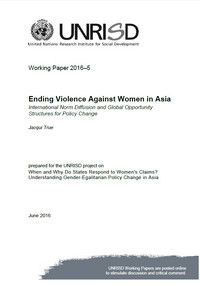
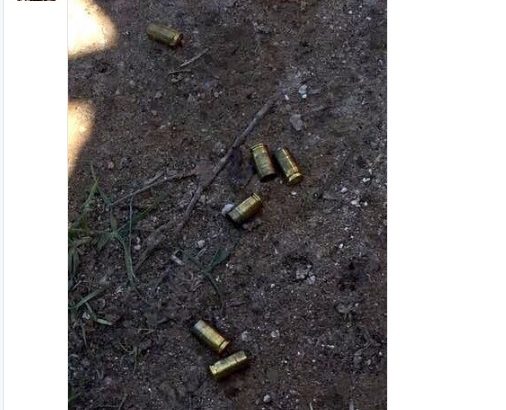
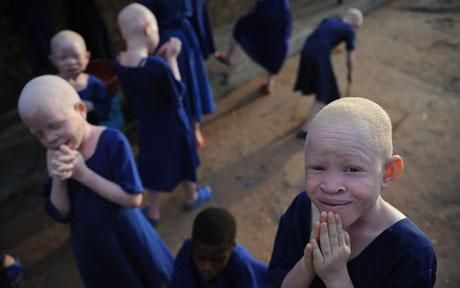

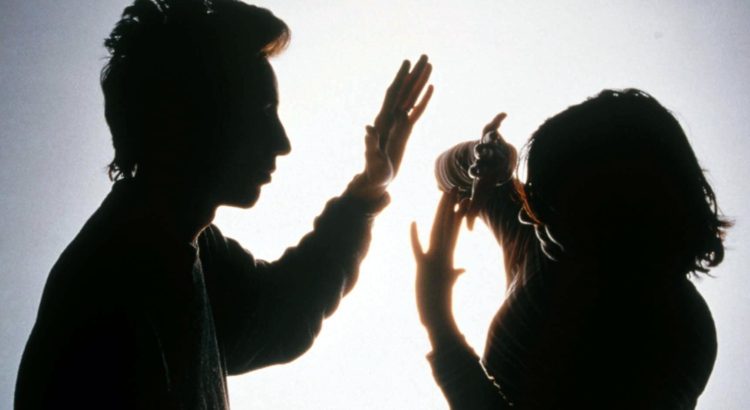

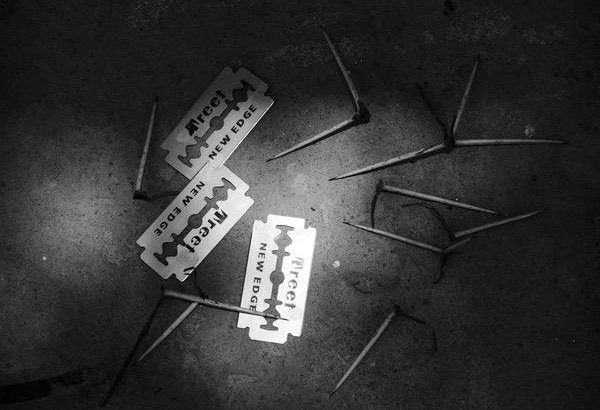






 Users Today : 0
Users Today : 0 Total Users : 35459595
Total Users : 35459595 Views Today :
Views Today :  Total views : 3417972
Total views : 3417972